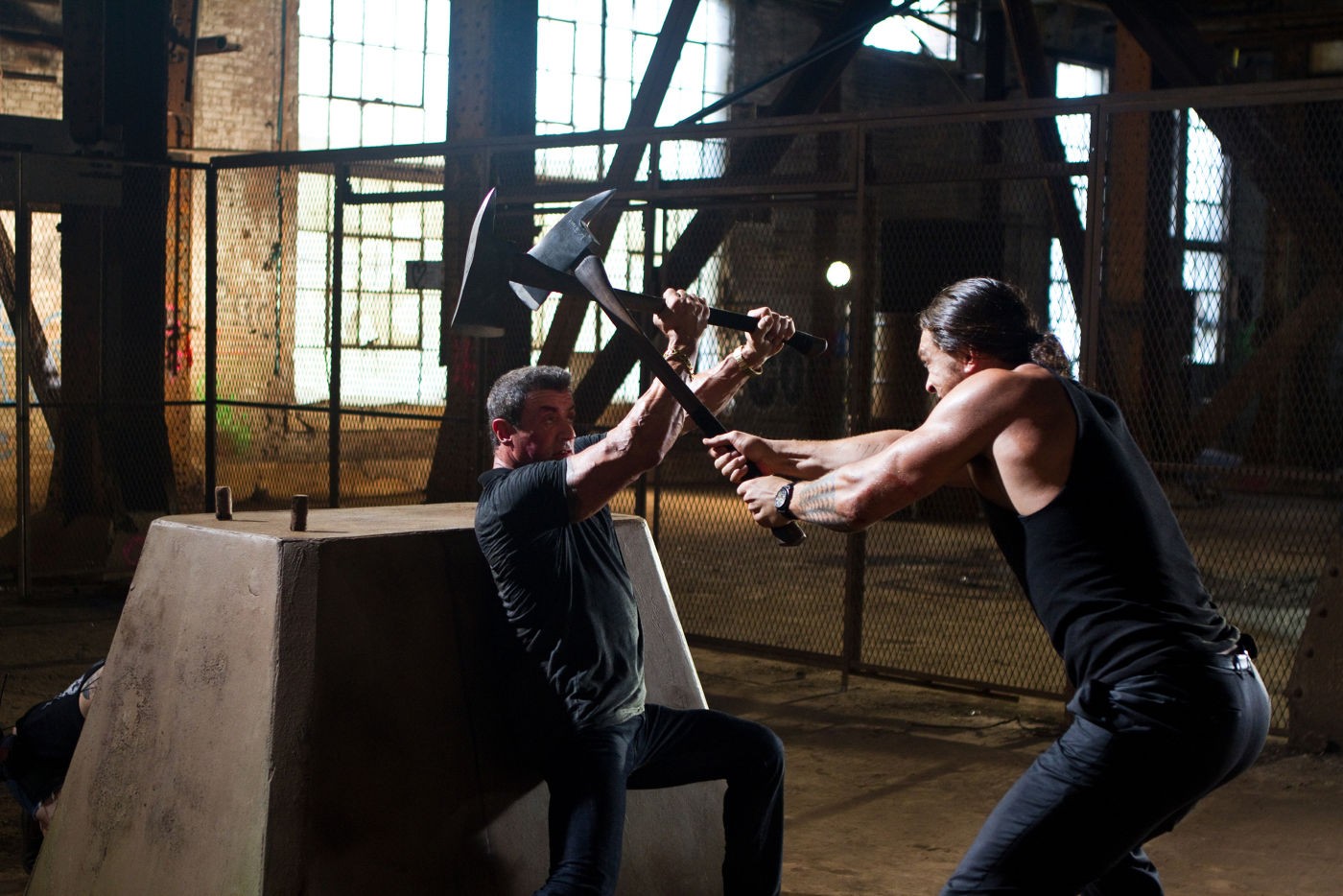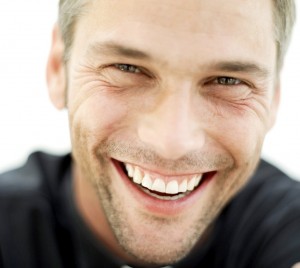The Mise en Scene in film relates to all the elements you can see on screen. It is French terminology that translates to "What is put into the scene or frame." The different features of mise en scene are;
- Settings and Props
- Costume, hair and makeup
- Facial expressions and body language
- Lighting and colour
- Positioning of characters and objects in the frame
Setting and props
A setting is the location in which a media text takes place. The setting within a film is related to the genre of the film which makes the setting relevant to the action taking place on screen. The location is further supported by the props. Props are the objects that are relevant to the production and are used to enhance the effect of the action and the location with the characters often using the props while acting. However, many props are present in the mise en scene to better the effect of the production. These are examples of settings and props relevant to genre within film:
Science fiction - In a science fiction film the setting could be inside a space ship with advance technical mechanical machines which would be relevant to emphasise the idea that the film is based in the future as the audience will not recognise the setting in present day which enhances the effect of the location. An example of a prop in a science fiction film is a lightsaber such as in the star wars films. An example of this is the image below.
Thriller - In a thriller film it is likely that the action is rather naturalistic unlike a science fiction film and therefore the location will match the naturalism in the film by being realistic and a location the audience are familiar with and knows exists in real life. An example of a setting in a thriller could be an abandoned warehouse such as the one below from Bullet To the Head where the main fight scene is taking place. It is evident that props in the mise en scene relate strongly to the action from this example through the use of axes and the weapons on screen.
Costume, Hair and Makeup
Costume hair and makeup are relevant to the actors within the film production. These three factors are manipulated to present a charcter in a film in a specifc way. They are important within the film industry based on the fact that they portray the charcter to the audience and can allow the audience to interpret the character prodominately based on appearance.
Within a western film examples of costume are;
- heeled mens boots
- cowboy hats
- laced trousers
- iconic belts
Heroes and Villains
Heroes within a film may have costume features to match what their purpose is within a film. A hero in an action film such as a superhero may be presented in a very iconic way with tight fitting costume with bright matching colours so they stand out from the other characters within the film and there is greater input into their outfit. An example of a superhero like this is superman. However, resourceful heroes in the thriller genre may have more simplistic costume as the focus is on their mission within the storyline and not in their appearance. Examples of costume could be normal everyday clothing or a more proffesional look such as a suit.
Villains costume would normally want to represent the fact that they are dark and mysterious characters or troublesome. This therefore means that their costume is often created using dark coloured materials and clothing can either be unusual and menacing such as a long dark cloak or proffesional and formal such as a dark suit and the character may be a slick villain, this again relates back to genre in films.
Makeup
Certain genres use makeup more prominently than others based on what features the film consists of. The horror genre would use makeup to a greater extent than the western genre as the characters within a horror film would use makeup to look a specific way and create a scary effect and makeup is a main feature in presenting a scary figure.
Facial expressions and body language
Facial expressions and body language play a big part in mise en scene within a film based on the fact that these factors help the audience understand the feelings of the characters on screen to portray a certain emotion. For example, in a thriller film a character may hold an angry facial expression when they are in pursuit of a villain whereas in a romantic comedy a woman may hold bright eyes and twirl her hair when interacting with a man that she likes so the audience understand that she has lustful feelings for the other character.
Angry
Happy
Positioning
Positioning of characters and objects within a frame is extremely important as it can determine the importance of the object in the media text. If the character is in the foreground, it is indication that the character is of relevance at that specific time whereas if that character is in the background of the shot it may mean they are less important at that specific time. Positioning within the mise en scene is also supported by the focus in the shot and the two factors of mise en scene correspond with each other.
If characters are evenly positioned within the frame then it creates a balanced shot for the audience to watch not feeling many strong emotions. However, if characters are positioned on the outside edges of the frame it indicates a distance between the characters and can imply to the audience that the characters oppose each other.
Focus
There are two different types of focus in media, the most common is deep focus in which the foreground and background in the shot are in focus and therefore clearly visible for the audience. Furthermore, there is split focus in which one section of the frame is in focus and the other is out of focus, either the foreground or background. This focus places emphasis on a specific section of the frame anhd therefore directs the audiences attention in a certain place in the shot.
Deep focus
Split focus
Example of Mise en scene
Casino Royal - Opening
This scene from Casino Royal presentes good examples of mise en scene based on all the elements in the scene that are presented on screen. The use of the smoke and the low key lighting creates an essence of mystery from the very beginning of the scene. The darkness of the office that the two men sit in juxtaposed to the brightness of the dirty toilet area they are fighting is in correlation to what the men are conversating about as the darkness is disguising James Bond's real nature has he appears calm and relaxed in the office which is contrasted to the ravenous animalistic creature fighting in the bright toilet which suggests that the solid white light exploits James Bond's real nature as he cannot hide in the light. furthermore, all the items in the office are black which enhances the idea of mystery whereas the cricket players and the stadium is of a white colour as well as the toilet and the objects within it.








No comments:
Post a Comment